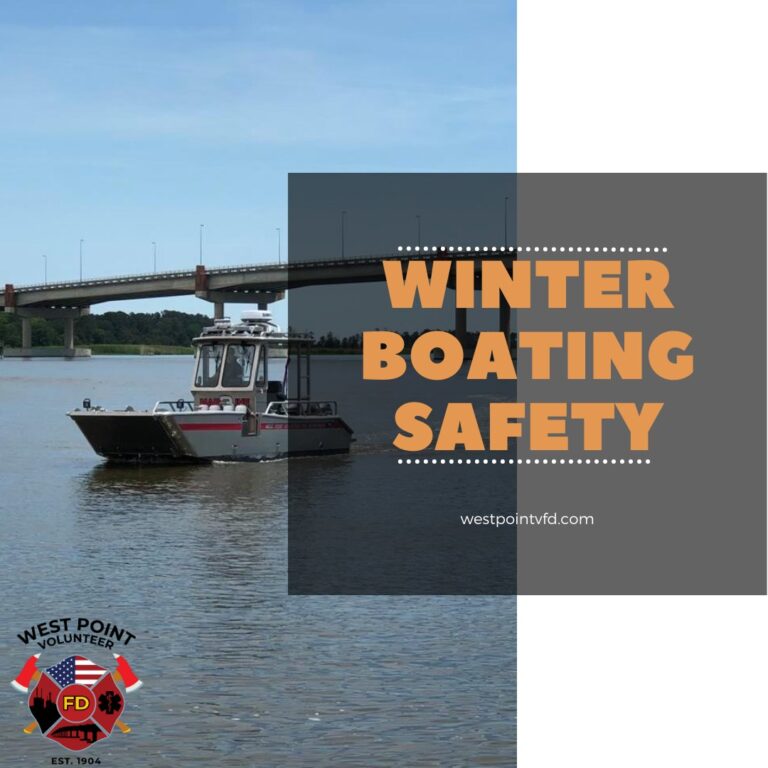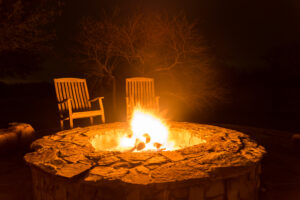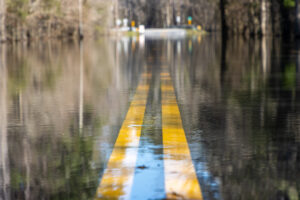Who doesn’t enjoy soaking in the rays on those warm summer days aboard their boat?! We know you’re longing for those days and some even find a chance in the winter months to get out onto the water before summer finally arrives. Just keep in mind that winter boating is much different than summer boating. Safety always comes first, especially during winter. Consider these tips to make your outing safe and enjoyable.
Winter Boating Safety Tips
Bundle Up
Bundle up with your winter gear for your head, hands and feet. Unprotected heads lose heat. Choose functionality over style, wear a wool or polyester beanie hat or ski mask. Insulated socks are a must for the feet and with lightweight, comfortable boots and gripping soles. Lastly, add a pair of insulated gloves and you are dressed for your boating trip.
Double Check Safety Gear
Having the lake all to yourself is even more reason for safety gear to be aboard and in working condition. Don’t count on a passing boat to help if you break down. Tow lines, flares, an air horn and a fire extinguisher are givens. During summer, you anchor to keep the boat in place while the family takes a swim. In winter, the anchor can keep you in place if you get stranded. Blankets and changes of clothes are other items you should keep onboard.
Gas Up
Gas up before you go. With fewer boats on the water, some fuel docks may be closed or maintain shorter hours. Don’t assume you can fill up at your destination for the return trip home.
Watch for Ice
Not just on the water, but on the dock as well! Seldom used or untreated walkways are accidents waiting to happen. Exercise caution when walking on docks, especially around shady areas where ice can remain even during warmer days.
File a Float Plan
File a float plan with someone you trust that includes details about the trip, boat, passengers, towing or trailer vehicle, communication equipment and emergency contacts.
Wear a Life Jacket
Even experienced swimmers can experience shock within one minute in the frigid water and may lose muscle control within 10 minutes. That makes it logical to add an extra layer to your boating wardrobe. Always wear a life jacket when boating during winter.
Hand on the Wheel
All it takes is a splash of chilly water in the face to sour an otherwise great day on the water. Back off the throttle and be extra conscientious of how you steer the boat. Quartering seas can create the potential for a wet ride. When the bow drops over a wave, it can splash in the trough. The wind can catch the spray and blow it aboard. That’s when savvy boaters suggest high siding the boat by tabbing down on the side opposite the wind. That keeps the hull higher on the windward side.
Be on the Lookout
Many manmade waterways used to control flooding may have lowered water levels causing bottom hazards to be exposed or closer to the surface, so the same lake you speed across during summer will be much different in the winter. Designate a passenger as the lookout to keep watch for any hazards in the path of the boat.
Keep Batteries Charged
Keeping your batteries charged on your devices and equipment is a must-do task that often gets overlooked. Nothing could be worse than getting to the boat ramp and cranking the engine only to discover the battery is dead. Batteries drain much quicker in cold weather. Keep them charged at all times with a trickle charger.
Check the Drains, Portholes & Seacocks
Periodically check all connections prone to leakage or that are used to drain water. Water that leaks in from below the waterline or from rain can freeze and expand, causing damage and creating unsafe slick surfaces. If you trailer the boat, remove the drain plug and allow all water to drain from the hull after your outing.
Fill the Thermos with your favorite hot beverage, bundle up and get your boating fix now, and most of all be safe!




